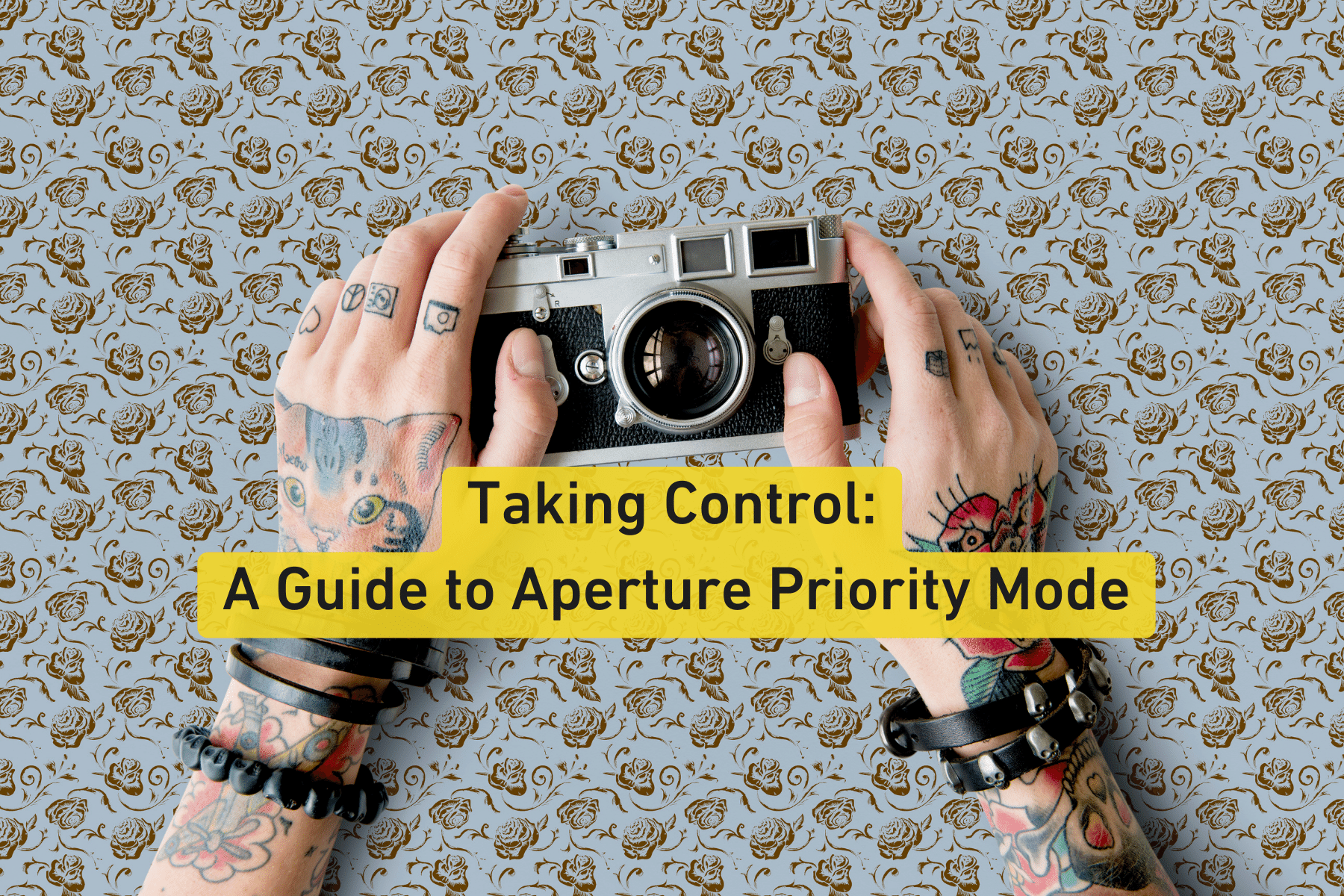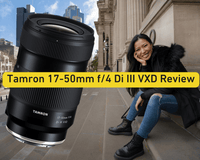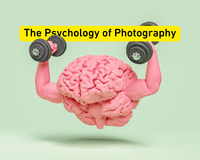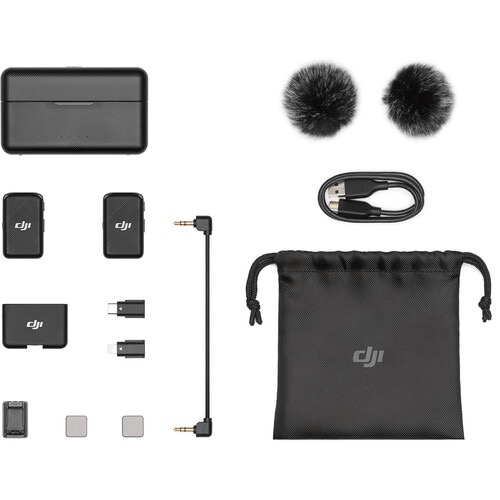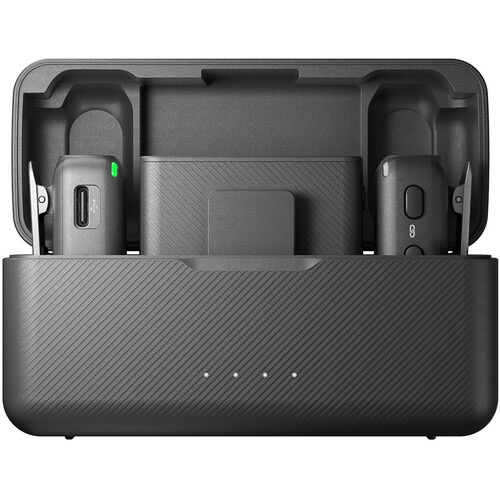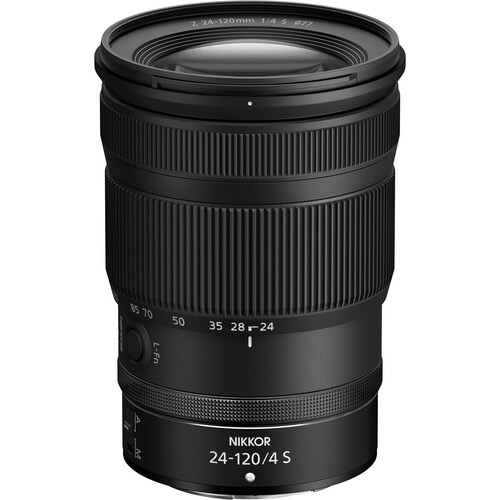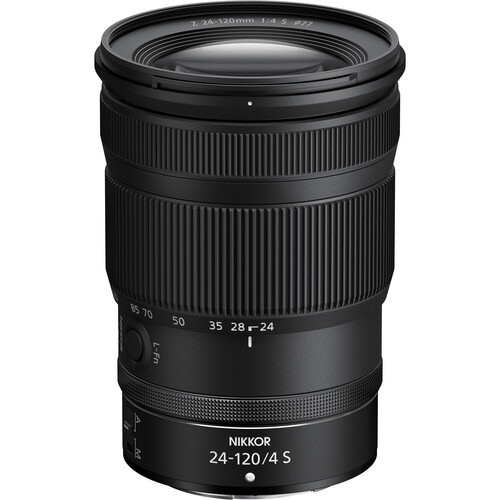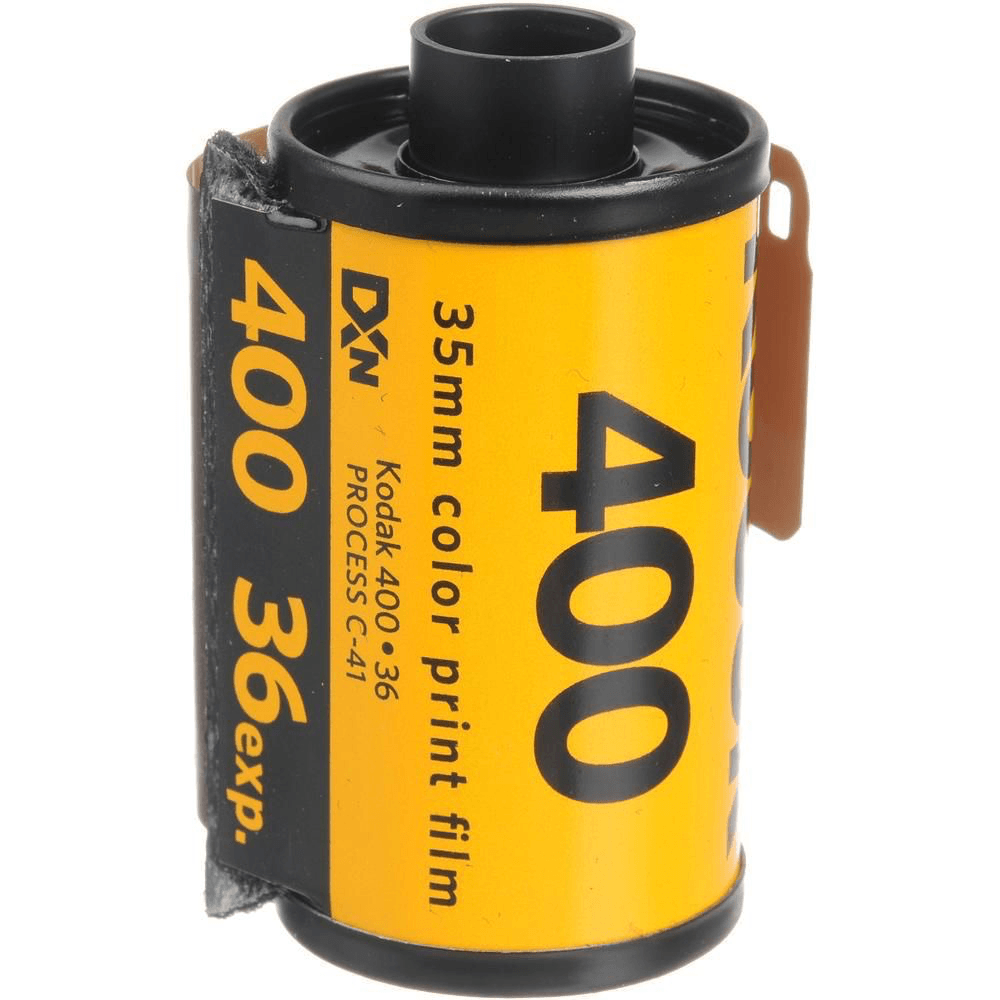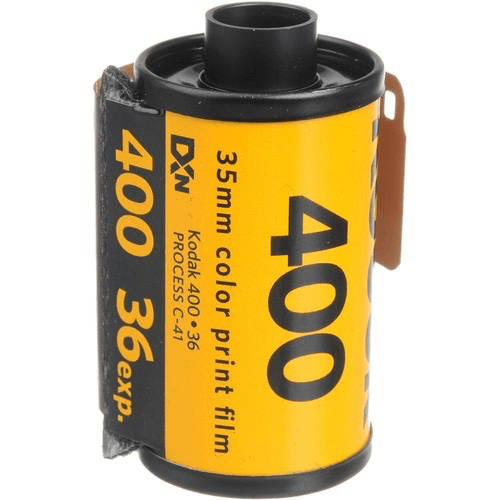Welcome to our blog about Aperture Priority Mode. Whether you're a newbie (beginner) or a stone-cold photo expert, prepare for a journey with endless opportunities to be creative and explore self-expression. Sounds corny, but it's true!
Central to your photographic repertoire lies a potent tool awaiting discovery: the mastery of Aperture Priority Mode. Join us as we explore the essence of this mode - its intricacies, functionality, perks, and the ways it can elevate your photographic dreams to new heights.
A Guide to Aperture Priority Mode:
- What is Aperture Priority Mode?
- How Does Aperture Priority Mode Work?
- What Does Aperture Priority Mode Do?
- When to Use Aperture Priority Mode?
- How to Master Aperture Priority Mode?
- Potential Problems Aperture Priority Mode.
- Concluding Thoughts.

What is Aperture Priority Mode?
"Picture Aperture Priority Mode (wink, wink) as your creative ally, fondly labeled "Av" or "A" on your camera's mode dial. It's a versatile shooting mode in which you take the reins of aperture control while your camera seamlessly manages shutter speed for impeccable exposure. But let's dive deeper: What's aperture? Imagine it as the gatekeeper within your lens, regulating light flow into your photographic canvas.
Related article: What is Aperture and How to Use It?
Aperture Priority Mode, labeled "Av" or "A" on your camera's mode dial, is a versatile shooting mode in which you take the reins of aperture control while your camera seamlessly manages shutter speed for impeccable exposure.
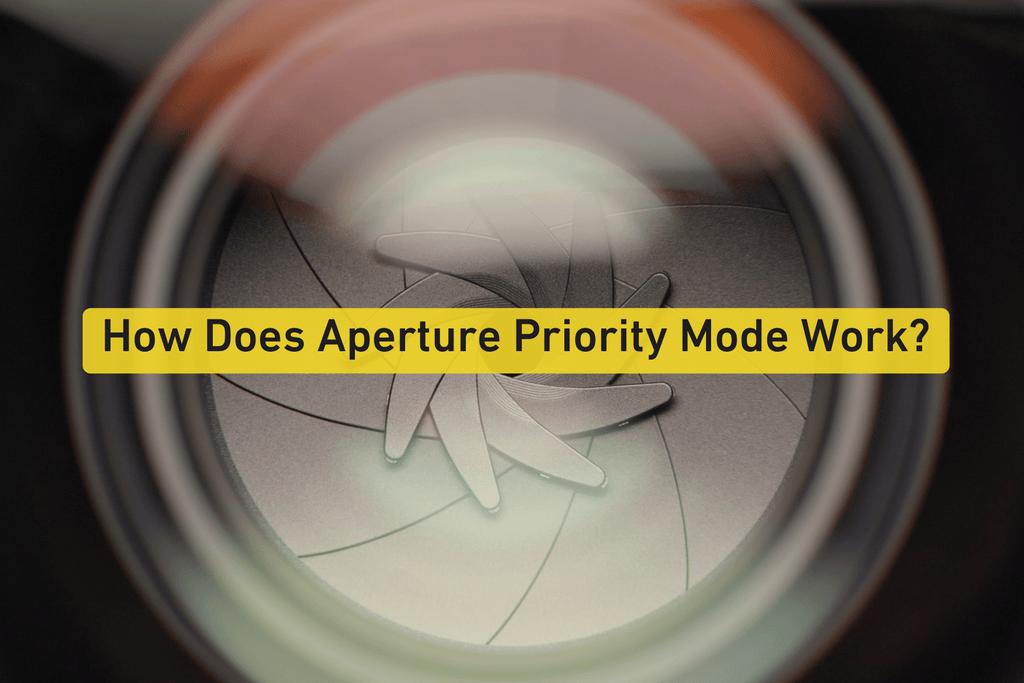
How Does Aperture Priority Mode Work?
Upon selecting Aperture Priority Mode, you take the reins by handpicking your shot's aperture value (or f-stop). Once you have decided on your aperture setting, the camera quickly auto-adjusts the shutter speed to select an exposure perfectly attuned to your available (or ambient) light. If you decide on a wider aperture (meaning a smaller f-stop number), you allow light to flood the sensor, making a shallow depth of field with softly fuzzy, out-of-focus backgrounds.
When selecting a narrower aperture (a bigger f-stop number), the opposite is true. This restricts the light going into your camera, resulting in a deeper depth of field that makes a shaper "zone of focus" from the foreground to the background of your photo.
Related article: How to Take a Photo With a Blurred Background?

What Does Aperture Priority Mode Do?
When it comes to photography, Aperture Priority Mode gives you the power to shape one of the exposure triangle's core components— aperture—while turning the keys over to the camera for the rest of the exposure elements (ISO and shutter speed). You control the aperture, and your camera's capable hands are flipped over to auto.
AP mode becomes your buddy when you want to prioritize the depth of field in your picture and grasp what your aperture actually does. For example, if we were going to take a closer look at portrait photography when you want to simply blur the background, choose a wider aperture (marked by a lower f-stop number). Switch it up, reversing that choice when trying your hand at landscapes. With a deep depth of field, you'll take pictures with sharp clarity across the entirety of the frame.
Related article: What is the Exposure Triangle — Aperture, ISO & Shutter Speed

When to Use Aperture Priority Mode?
Mastering Aperture Priority Mode unfurls a panorama of creative prospects and propels you toward achieving your photographic goals across diverse scenarios:
Artistic Command
Exercise creative dominion by manipulating aperture to infuse mood and visual impact into your images. Whether crafting ethereal bokeh in portraits or delineating crisp details in landscapes, Aperture Priority Mode becomes your artistic conduit.
Subject Embrace
Enrich portraits or close-ups using a wide aperture (such as f/2.8 or lower) to isolate your subject from the background, fostering an enchanting separation that captivates the viewer's gaze.
Related article: Close up Photography: How to Take Stellar Close-Up Shots
Low-Light Brilliance
Embrace low-light conditions by embracing a wider aperture. This ushers in more light to illuminate your scenes without compromising image quality, which is especially beneficial for indoor or twilight photography.
Depth of Field Mastery
Harness Aperture Priority Mode's precision to sculpt the depth of field, dictating whether to imbue your imagery with shallow, artistic blur or expansive, crystalline sharpness spanning the scene.
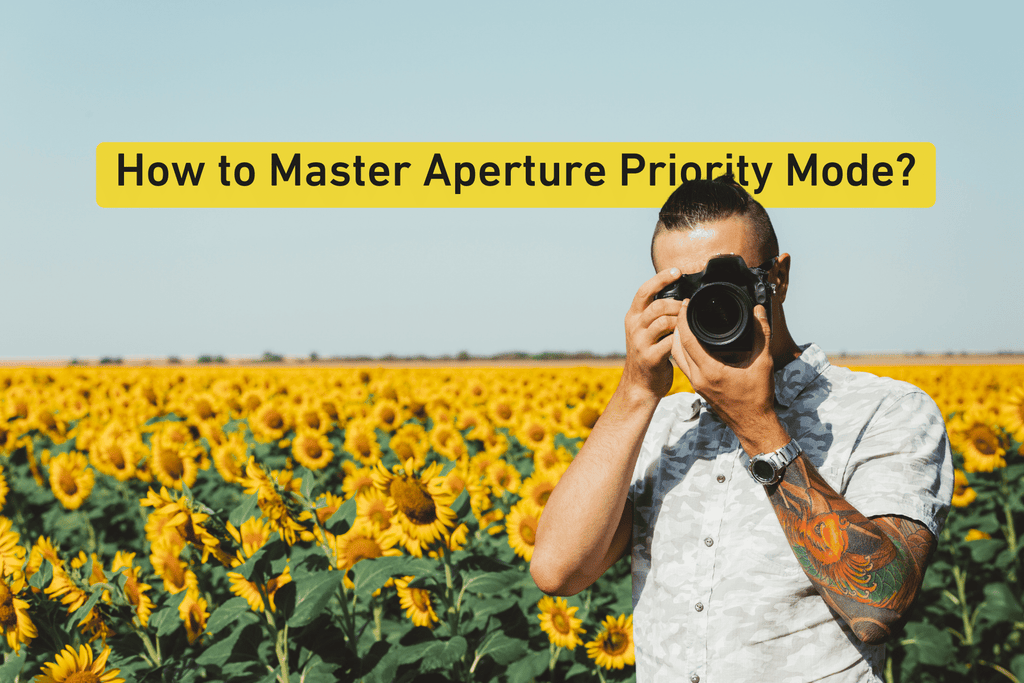
How to Master Aperture Priority Mode?
When navigating Aperture Priority Mode, set your sights on the following objectives:
Mastery of Exposure
Dive deep into perfect exposure by keeping a keen eye on your camera's metering system. Tweak the aperture settings as required to achieve the ideal exposure, all while preserving the unique aesthetic you envision for your images.
Precision in Focus
Delve into the nuances of focusing with utmost care, particularly when embracing wider apertures. Whether relying on autofocus or manual focus, ensure your subject shines with crystal-clear sharpness, a critical element, especially in portraits and close-up shots.
Composition Exploration
Delve into the aperture's impact on composition, experimenting with diverse settings to discern their influence on your images' ambiance and narrative. Remember, the aperture doesn't solely shape the depth of field but also orchestrates the interplay of light with your subject.
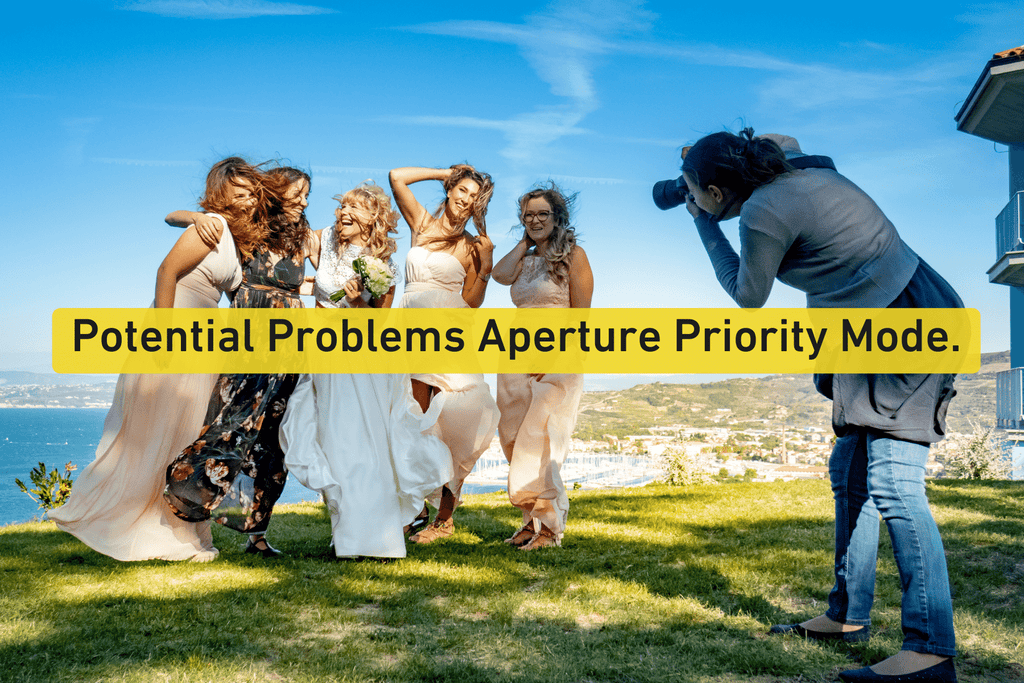
Potential Problems Aperture Priority Mode.
While Aperture Priority Mode bestows remarkable creative latitude, steer clear of potential problems:
Exposure Balance
Exercise prudence regarding the camera's metering, adjusting exposure compensation to evade overexposure or underexposure, particularly amid high-contrast lighting scenarios.
Related article: What is Metering in Photography?
Depth of Field Diligence
Honor the significance of depth of field in your compositions. Reflect on how aperture selection molds visual hierarchy and storytelling within your images.
Focusing Vigilance
Elevate your focusing acumen, especially when employing wide apertures. Ensure your subject's gaze (or principal focal point) gleams with unyielding sharpness, elevating your images' overall allure.

Concluding Thoughts.
Aperture Priority Mode emerges as a potent ally, entrusting creative control into your capable hands while streamlining the exposure process. By unraveling the nuances of aperture's operation and its transformative effect on your imagery, you'll unlock a trove of creative treasures, heralding awe-inspiring outcomes on your photographic odyssey.
Embrace the spirit of experimentation, dedicate yourself to practice, and revel in the limitless horizons that Aperture Priority Mode unfurls. Have a blast, folks!
Related article: What is Aperture and How to Use It?
Related article: Best Aperture for Portraits
Related article: How to Take a Photo With a Blurred Background?
Related article: What is ISO in Photography - When do I Use it?
Related article: What is Shutter Speed in Photography
Related article: Shallow Depth of Field: A Guide to Better Storytelling

